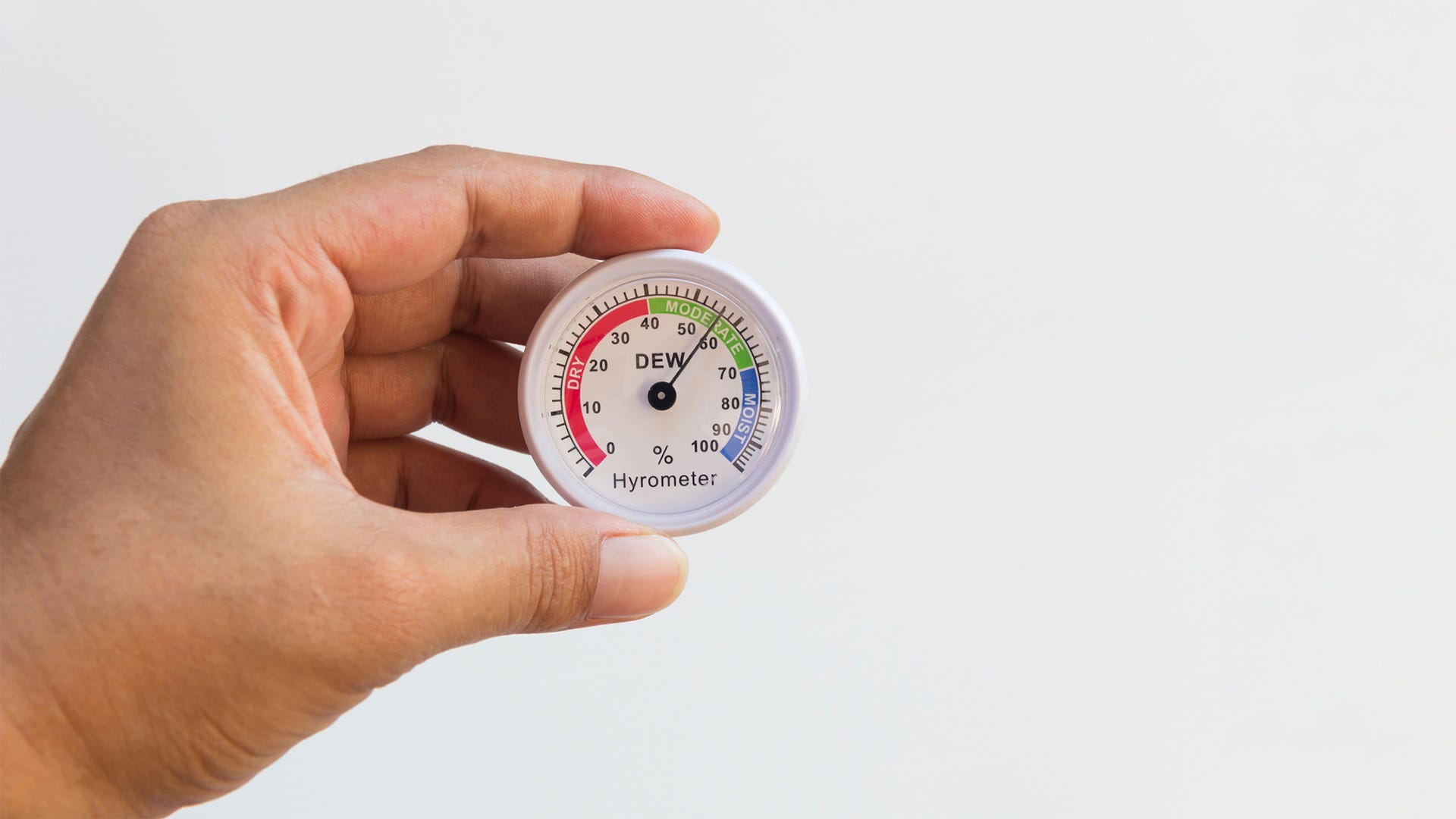Yes, 50 humidity is good for plants. The air around us contains water vapor. When the air is saturated with water vapor, it is said to be at 100% humidity.
Relative humidity (RH) is a measure of how much water vapor is in the air compared to how much water vapor the air can hold at a given temperature. For example, if the RH is 50%, that means that the air contains half of the amount of water vapor that it could hold if it were saturated.
Is 50 Humidity Good for Plants?
The short answer is yes, 50 humidity is good for plants. However, there are a few things to keep in mind in order to ensure that your plants stay healthy and thrive in this environment.
First, it’s important to make sure that the air around your plants is not too dry. If the air is too dry, it can cause the leaves of your plants to dry out and become damaged. You can combat this by misting your plants regularly or using a humidifier near them.
Second, you’ll want to make sure that the soil around your plants is moist but not soggy. Too much moisture can lead to problems like root rot, so be careful not to overwater. Stick your finger into the soil before watering to check the moisture level.
Overall, as long as you take a few precautions, 50 humidity should be no problem for your plants!

Credit: www.saferbrand.com
What is a Good Humidity Level for Plants?
The ideal humidity level for most plants is between 40 and 60 percent. If the air is too dry, plants will wilt and their leaves will turn brown. If the air is too humid, plants can develop fungal diseases.
Is 50% Humidity Indoors Too High?
50% humidity indoors is not too high, but it is on the upper end of the comfortable range. Humidity levels that are too high can cause condensation on walls and windows, musty odors, and mold growth. If you notice any of these problems in your home, you may need to adjust your humidifier to bring the level down.
Is 50% Humidity Too High for Flower?
If you’re like most people, you probably think that 50% humidity is too high for flowers. After all, too much moisture in the air can lead to mold and mildew, right? Wrong!
Believe it or not, 50% humidity is actually ideal for flowers. Here’s why:
When the air is too dry, Flowers have a hard time absorbing water from the soil.
This can cause them to wilt and eventually die. On the other hand, when the air is too humid, Flowers can’t release their water vapor fast enough. This can lead to them becoming oversaturated and drooping.
So as you can see, 50% humidity strikes the perfect balance between these two extremes and helps Flowers stay healthy and hydrated.
If you live in an area with high humidity levels, there are a few things you can do to help your flowers thrive. First, make sure they’re getting plenty of sunlight.
Second, increase airflow around them by opening windows or using fans.
Is 50 Considered High Humidity?
Yes, 50% humidity is considered high. At this level, water vapor starts to condense on surfaces, which can lead to mold and mildew growth, as well as other moisture-related problems. To help keep indoor humidity levels in check, use a hygrometer to monitor the amount of moisture in the air.
You can also take steps to improve ventilation and air circulation in your home.
Is humidity important for houseplants? + humidifiers that I use
Ideal Temperature And Humidity for Plants
The ideal temperature and humidity for plants can vary depending on the type of plant. For most plants, the ideal temperature is between 68 and 77 degrees Fahrenheit, with humidity levels between 40 and 50%. However, there are some plants that prefer a slightly different environment.
For example, succulents and cacti often do better in warmer, drier conditions with temperatures between 70 and 85 degrees Fahrenheit and humidity levels below 40%. If you’re not sure what the ideal conditions are for your specific plant, it’s always best to consult with a nursery or gardening expert.
Ideal Humidity for Plants
One of the key environmental factors that affects plant growth is humidity. Relative humidity (RH) is a measure of the amount of water vapor in the air compared to the maximum amount of water vapor that air can hold at a given temperature. The ideal RH for most plants is between 40-60%.
When RH drops below 40%, leaves begin to lose water faster than they can take it up through their roots, which can lead to wilting. If RH rises above 60%, leaves may become too wet and susceptible to fungal diseases.
There are several ways to maintain an ideal RH for your plants.
One is to use a humidifier in your home or office. Another is to group plants together so that they can create their own microclimate and raise the ambient humidity around them. Finally, you can mist your plants regularly with a spray bottle filled with clean water.
Just be sure not to overdo it, as too much moisture can also be harmful to plants.
Best Humidity Level for Indoor Plants
Are you looking to add some life to your home by adding indoor plants, but are unsure of what the best humidity level is for them? Well, you’re in luck! In this blog post, we will go over what the ideal humidity level is for different types of indoor plants.
One important thing to keep in mind is that different plants thrive in different humidity levels. For example, ferns and orchids prefer a higher level of humidity than succulents or cacti. With that said, let’s take a look at what the best humidity level is for each type of plant.
Ferns: 60-70%
Orchids: 40-50%
Succulents: 30-40%
Cacti: 20-30%
As you can see, there is quite a range when it comes to the ideal humidity level for indoor plants. It really depends on the type of plant that you have.
One way to determine what the best level is for your specific plant is by doing a little research on its watering needs. Once you know how much water your plant needs, you can adjust the amount of moisture in the air accordingly. Another thing to keep in mind is that the size of your pot also plays a role in how much water your plant needs – a larger pot will need more water than a smaller one.
If you’re still not sure about what the best humidity level is for your indoor plants, don’t hesitate to ask a professional at your local nursery or garden center. They would be more than happy to help you out!
Best Humidity Level for Tropical Plants
If you’re growing tropical plants, you need to be aware of the humidity levels in your home. Too much or too little moisture can damage your plants.
The ideal humidity level for tropical plants is between 40% and 60%.
If the air is too dry, the leaves will start to drop off. If it’s too wet, the leaves will rot.
You can use a hygrometer to measure the humidity in your home.
Place it near your plants and check it regularly to make sure they’re getting the right amount of moisture.
There are a few ways to increase the humidity around your plants. One is to mist them with water regularly.
You can also place a tray of water underneath them or put them on a pebble tray (a shallow tray filled with gravel and water). Running a humidifier near your plants will also help increase the moisture in the air.
Conclusion
According to the post, 50% humidity is ideal for plants. Plants thrive in humid environments because it helps them to absorb water and nutrients from the air. In addition, humid conditions help to prevent drought stress and promote growth.
